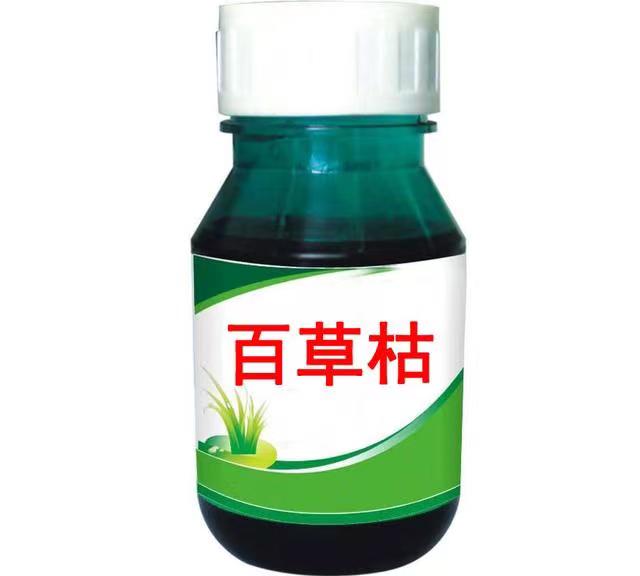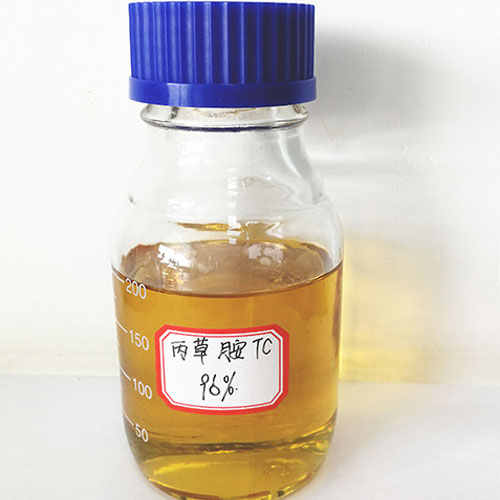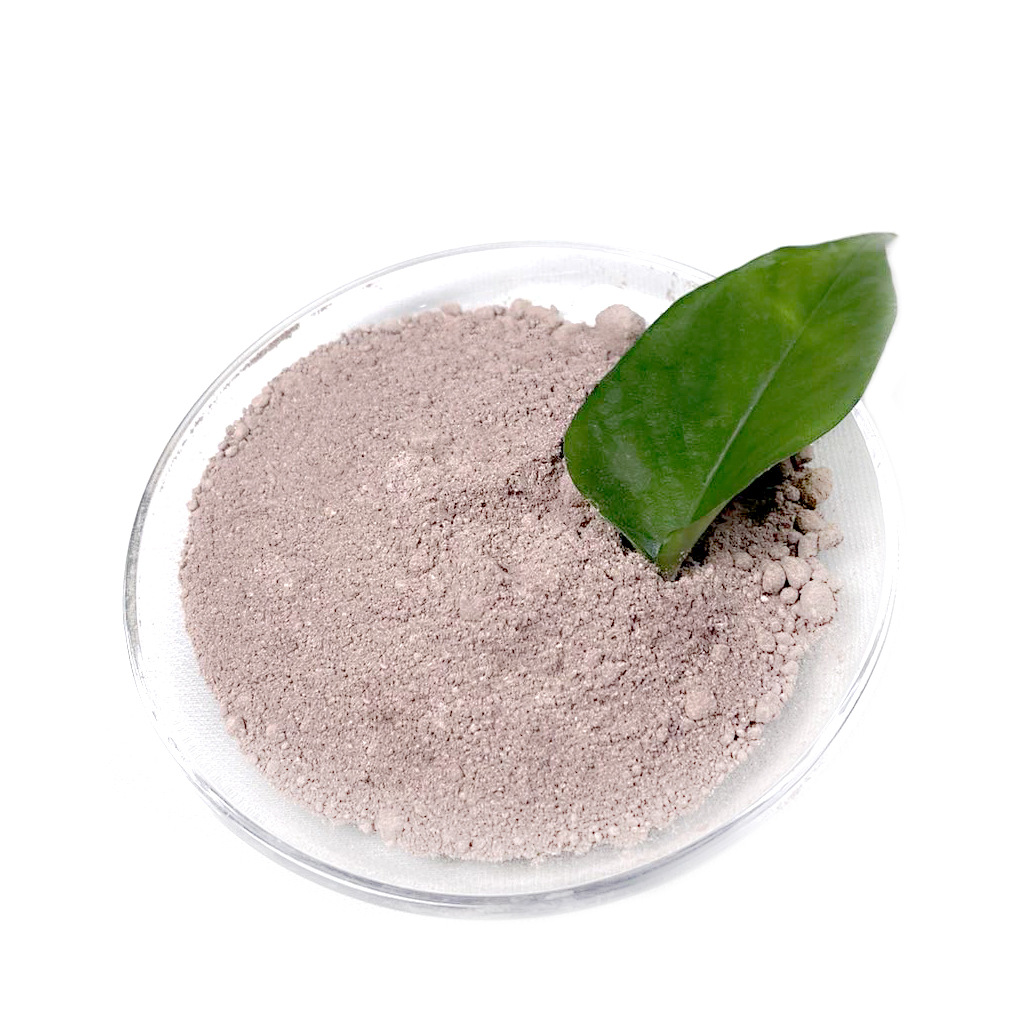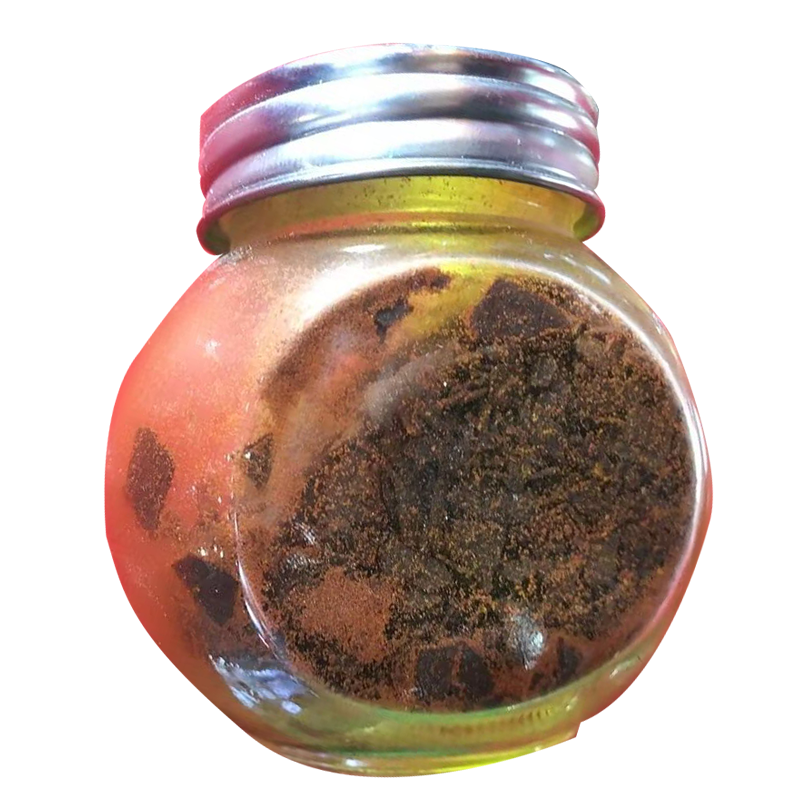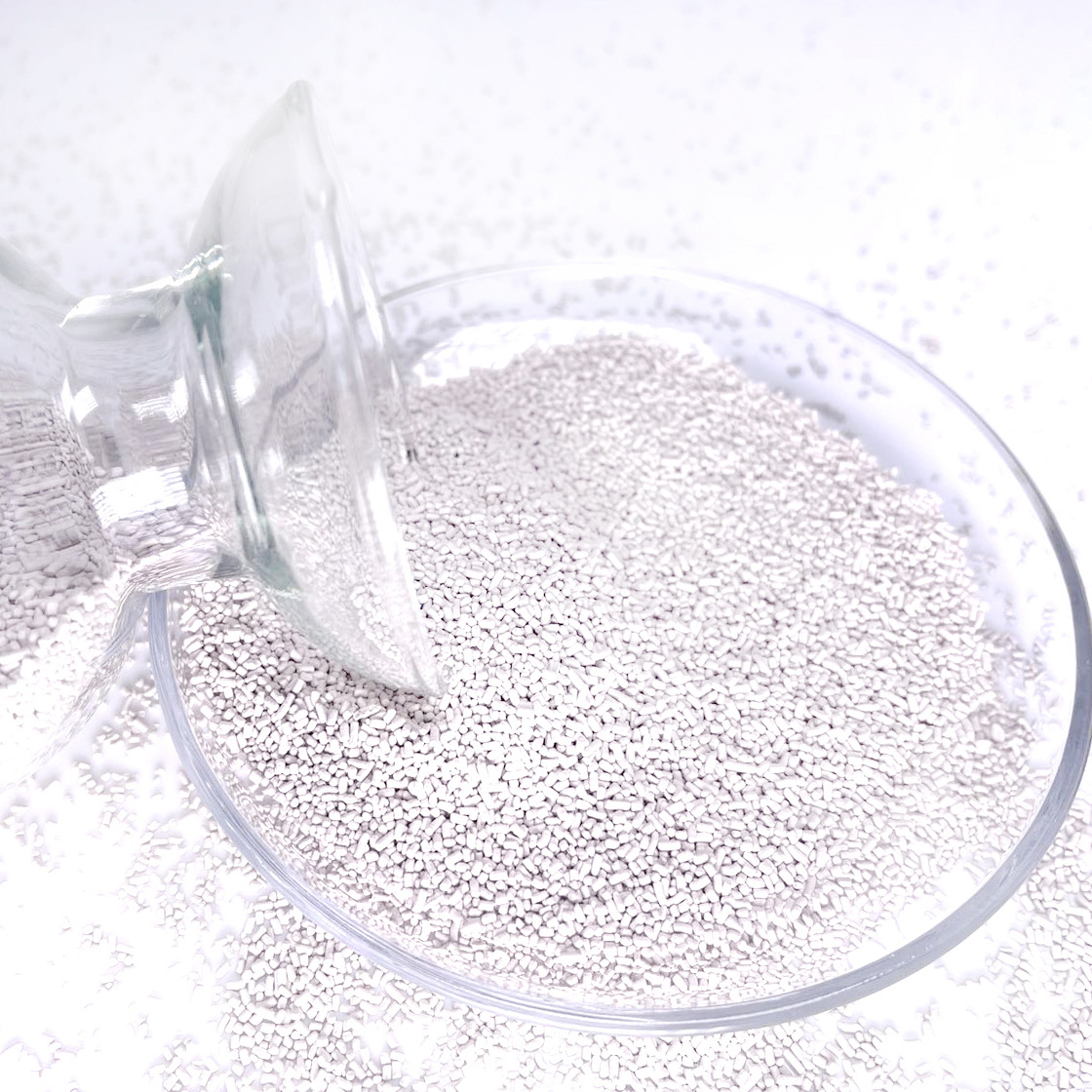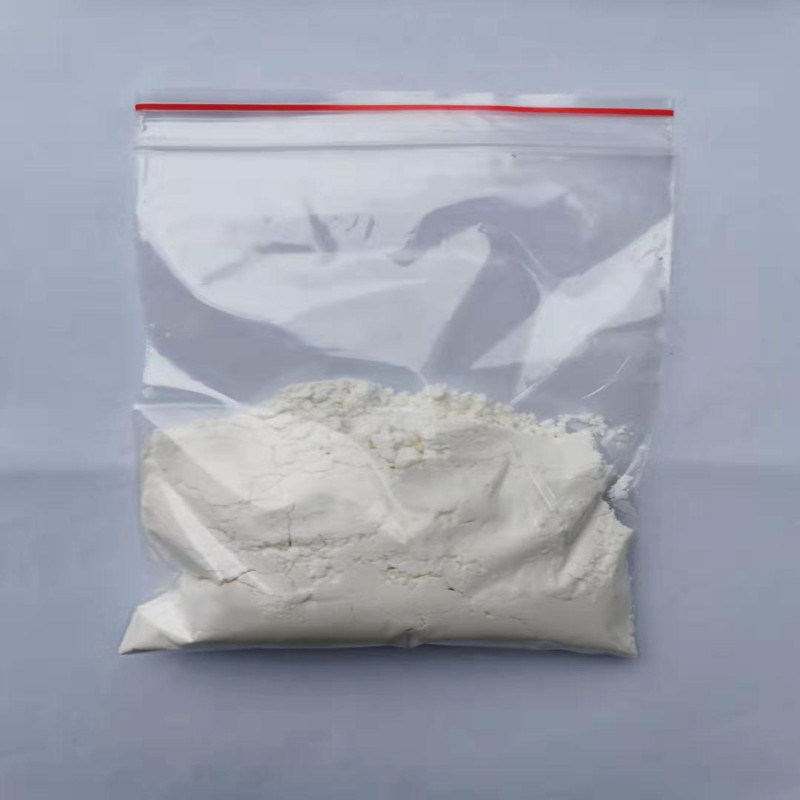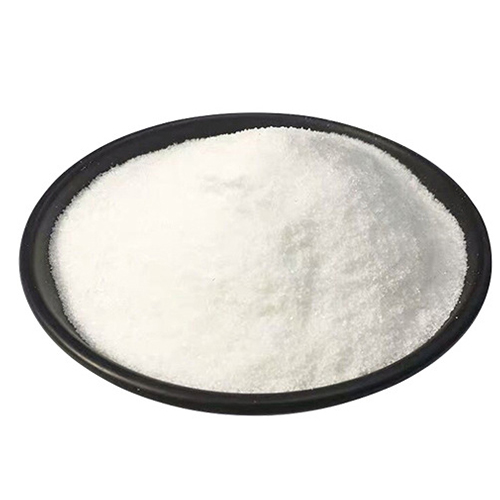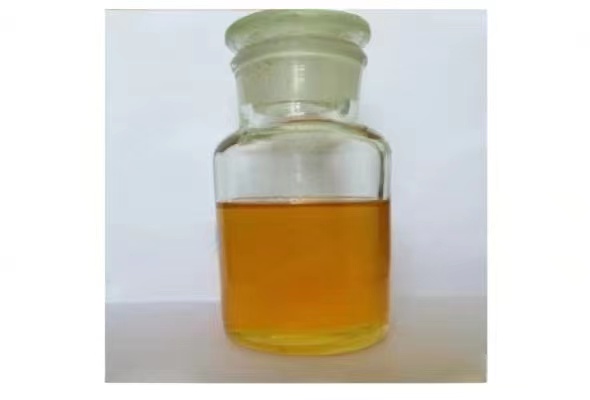


Herbicide Trifluralin 97%TC Cas 1582-09-8
This product is an excellent herbicide for upland fields, and can also be used in wheat fields and upland rice fields to control annual grasses, multi-growing weeds and certain broad-leaved weeds propagated by seeds. Sensitive crops such as sorghum and millet cannot be used; sugar beets, tomatoes, potatoes, cucumbers, etc. are not highly resistant. Itcan be used for transplanting fields.
CasNo: 1582-09-8
Formula: C13H16F3N3O4
Physical State: crystallize
Purity(%): 97%
Application: crystallize solid
Color: orange
Formulation:48%EC and used to manufacturer more formulated product
- Category: Herbicide
Mechanism of trifluralin weed control
Trifluralin is absorbed by the germination and growth of weed seeds and passing through the soil layer. It is mainly absorbed by the coleoptiles of gramineous plants and hypocotyls of broad-leaved plants, and cotyledons and young roots can also be absorbed. But the stems and leaves after emergence cannot absorb it. Entering the plant affects the production or transmission of hormones and leads to death. After trifluralin is applied to the soil, it gradually decomposes and disappears due to volatilization, photolysis and the action of microorganisms, among which volatilization and photolysis are the main factors of decomposition. The loss of the agent applied to the soil surface is the fastest in the first few hours, and the decomposition of the agent will be accelerated by humidity and high temperature. Therefore, after trifluralin is applied to the soil, it is necessary to rake the soil immediately to prevent its decomposition and prolong the efficacy period. Trifluralin is a selective pre-emergence soil treatment agent, which is effective against grass weeds and some small-seeded broad-leaved weeds. The drug is mainly absorbed when the weed seeds germinate and grow through the soil layer, and the stems and leaves of the weeds after emergence cannot be absorbed. Therefore, trifluralin is ineffective against the weeds that have been unearthed.
How to use trifluralin
The poisonous soil method or spray method is mainly used in use. Mix the soil with a shallow rake immediately after application. The dosage should be based on the soil texture. For example, when the soil organic matter content is below 3%, use 80-100 ml of 48% EC per mu; when the soil organic matter content is 2%-8%, use 125-150 ml of 48% EC per mu. Generally, the maximum dosage per mu should not exceed 200 milliliters. If the dosage per unit area is too large, it will not only waste the medicine, but also easily cause damage to the roots of the crops. When the soil organic matter content exceeds 8%, trifluralin should not be used.
Use on several major crops.
① Cotton field. Prepare the land before sowing, use 125-150 ml of 48% emulsifiable oil per acre, and 50 kg of water, evenly spray the soil surface, then mix the soil with a thickness of 2-3 cm, and then sow after mixing. Cover the cotton field with plastic film, use 100-125 ml of 48% EC per mu, apply it to the soil surface before sowing, then sow, cover with film, or spray and cover with film after sowing.
② Vegetable fields. For cruciferous vegetable fields, 3 to 7 days before sowing, use 100 to 150 ml of 48% EC per mu. For leguminous vegetable fields, after sowing and before seedlings, use 150-200 ml of 48% emulsifiable oil per mu, spray the soil surface with water, and immediately mix the soil with a thickness of 2-3 cm. Eggplant, tomato, pepper, cabbage, cauliflower, etc. are transplanted into the vegetable field. After transplanting, before the weeds emerge, use 100-150 ml of 48% EC per mu, spray the water, and mix the soil immediately.
③ Rapeseed, peanut and sesame fields. 3 to 7 days before sowing, use 100 to 150 ml of 48% trifluralin emulsifiable concentrate per mu, and 50 kg of water, spray evenly on the soil surface, and immediately mix the soil. For mulching peanut fields, use 75-100 ml of 48% trifluralin emulsifiable concentrate per mu, spray 35-40 kg of water, mix 3-5 cm of soil, sow seeds and cover with film after 5-7 days. Sunflowers, kenaf, carrots, celery, fennel, beans, etc., can be sown immediately after applying the mixed soil.
④ Soybean field. After the land is prepared, use 100-150 ml of 48% trifluralin emulsifiable concentrate per mu, and 35-40 kg of water, evenly spray the soil surface, and then mix 1-3 cm of soil. In the spring soybean planting area, 5 to 7 days after spraying, in the summer soybean planting area in the south, it can be sown the next day after spraying. Stubble crop phytotoxicity.
⑤ Herb fields. 7-10 days before sowing, before weeds germinate, use 80-100 ml of 48% emulsifiable oil per mu, and spray 40-50 kg of water on the topsoil of the medicine field. Immediately after spraying, rake the soil 5-7 cm shallowly.
Symptoms of trifluralin injury
Trifluralin mainly inhibits growth, the volume of root tip and hypocotyl tissue cells is significantly enlarged, and the formation of young shoots and secondary roots is significantly inhibited. After the damage, the plant cells increase, causing the cells to lose their activity and produce deformities.
For example, when cotton fields are used excessively, the growth and development of cotton roots will be affected. The main symptoms are that the main roots of cotton grow thick and form tumors, the xylem becomes brittle and easy to break, and the secondary roots are scarce. When the damage is severe, dead seedlings will appear at the seedling stage. After the application of trifluralin, it will have a certain impact on the sorghum and millet of the subsequent crops, especially the sorghum crops are more sensitive to trifluralin. When using it, you should pay more attention to the operation safety and try to use other herbicides.
Applying trifluralin for weeding during garlic needle-setting stage to one-leaf-one-heart stage may easily cause the garlic heart leaves to break, and the medicinal liquid will flow along the leaves and accumulate in the heart leaves, resulting in burn spots on the leaves. It should be avoided to apply at this time. When the weather is dry in spring, immediately after the application of trifluralin, the soil should be mixed to suppress the soil moisture, so as to give full play to the application effect.
Package of Trifluralin
We also supply some accessories to add more functions for end-users' convenience, which also help our distributors and business partners sell our products in their area. Any special package requirements, please don't be hesitate to tell us.
Large Package:
Solid: 25Kg UN approved fiber drums with LDPE liner;
Liquid: 200L UN approved HDPE or iron drums.
Retail Package:
Solid: 10g;50g;100g;500g;1kg;5kg;25kg
Trifluralin suppliers
Agripestcide is a professional agrochemical chemical manufacturer supplying good quality and effective herbicide trifluralin with high quality and good service. If you are looking for Herbicide Trifluralin, please feel free to contact us for latest price.
Name | Trifluralin |
Formula | C13H16F3N3O4 |
Molecular Weight | 335.28 |
EINECS N0. | 216-428-8 |
Melting Point | 48.5°C |
Boiling Point | 139°C |
Physical State | crystallize solid |
Color | orange |
Purity | 97% |
Package | 25kg Cardboard barrel |
Application | Agricultural |
Storage | Ventilation low temperature drying |
Sample | Available |
EXP | 2 years |
Send an Inquiry
Your email address will not published. Required fieled are marked.
Related Products
Check out other related Products




